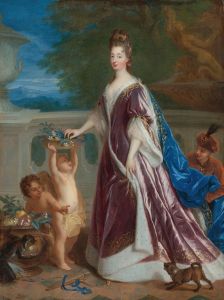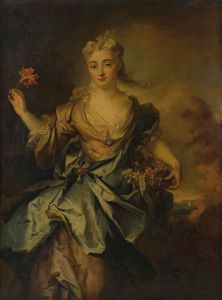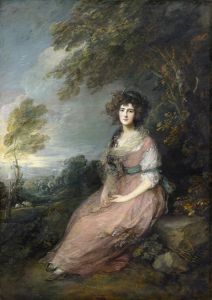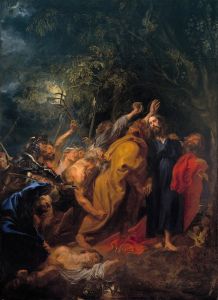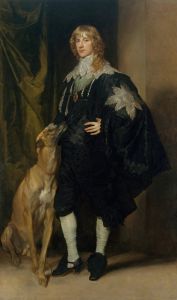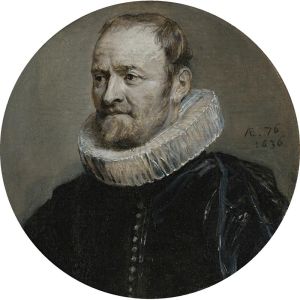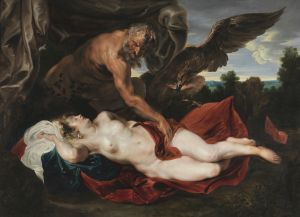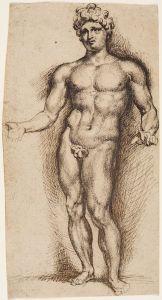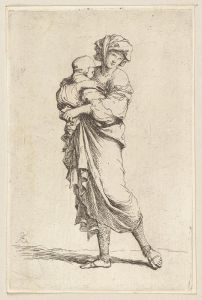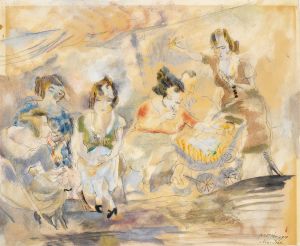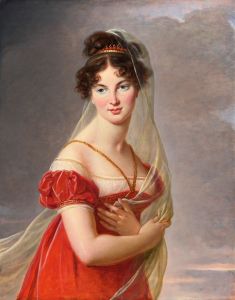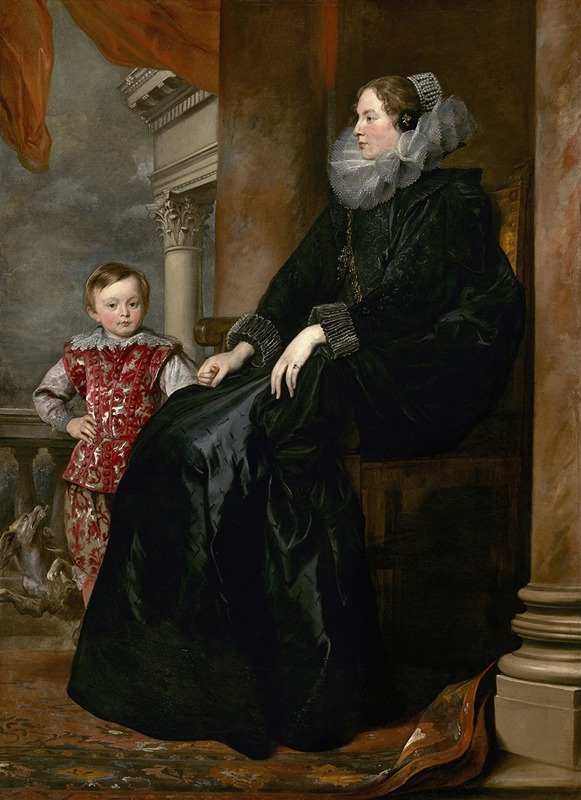
A Genoese Noblewoman and Her Son
A hand-painted replica of Anthony van Dyck’s masterpiece A Genoese Noblewoman and Her Son, meticulously crafted by professional artists to capture the true essence of the original. Each piece is created with museum-quality canvas and rare mineral pigments, carefully painted by experienced artists with delicate brushstrokes and rich, layered colors to perfectly recreate the texture of the original artwork. Unlike machine-printed reproductions, this hand-painted version brings the painting to life, infused with the artist’s emotions and skill in every stroke. Whether for personal collection or home decoration, it instantly elevates the artistic atmosphere of any space.
"A Genoese Noblewoman and Her Son" is a portrait painting by the renowned Flemish Baroque artist Anthony van Dyck. Created during van Dyck's stay in Italy, this artwork is a testament to his exceptional skill in portraiture and his ability to capture the elegance and status of his subjects. The painting is believed to have been completed around 1626, during van Dyck's Italian period, which lasted from 1621 to 1627.
Anthony van Dyck was born in Antwerp in 1599 and became one of the most prominent portrait painters of the 17th century. He was a leading figure in the Flemish Baroque movement and was known for his sophisticated style and ability to convey the character and status of his sitters. Van Dyck's time in Italy was crucial for his development as an artist, as he was influenced by the works of Titian and other Venetian masters, which is evident in the rich color palette and dynamic compositions of his portraits.
The painting depicts a noblewoman from Genoa, a city in northern Italy, and her young son. The identity of the sitters remains unknown, as van Dyck did not always document the names of his subjects, especially in his Italian works. However, the painting reflects the wealth and social standing of the Genoese aristocracy during the early 17th century. Genoa was a prosperous city-state at the time, known for its maritime trade and banking, which contributed to the affluence of its noble families.
In "A Genoese Noblewoman and Her Son," van Dyck masterfully captures the elegance and poise of the noblewoman, who is dressed in luxurious attire typical of the Genoese elite. Her gown is richly adorned with intricate lace and embroidery, and she wears a pearl necklace, a symbol of wealth and refinement. The young boy, standing beside her, is also dressed in fine clothing, indicating his noble birth and the family's high social status.
Van Dyck's use of light and shadow in the painting adds depth and dimension to the figures, highlighting their facial features and the textures of their garments. The composition is balanced and harmonious, with the figures positioned against a neutral background that emphasizes their presence. The artist's attention to detail is evident in the delicate rendering of the lace and the subtle expressions on the sitters' faces, which convey a sense of dignity and grace.
This portrait is an excellent example of van Dyck's ability to blend realism with idealization, a hallmark of his portraiture. His work was highly sought after by the European nobility, and he became the court painter for King Charles I of England later in his career. "A Genoese Noblewoman and Her Son" remains a significant piece in van Dyck's oeuvre, showcasing his talent for capturing the essence of his subjects while reflecting the cultural and social context of the time.
Today, the painting is housed in the National Gallery of Art in Washington, D.C., where it continues to be admired by art enthusiasts and scholars alike. It stands as a testament to van Dyck's enduring legacy as one of the greatest portrait painters of the Baroque era.





